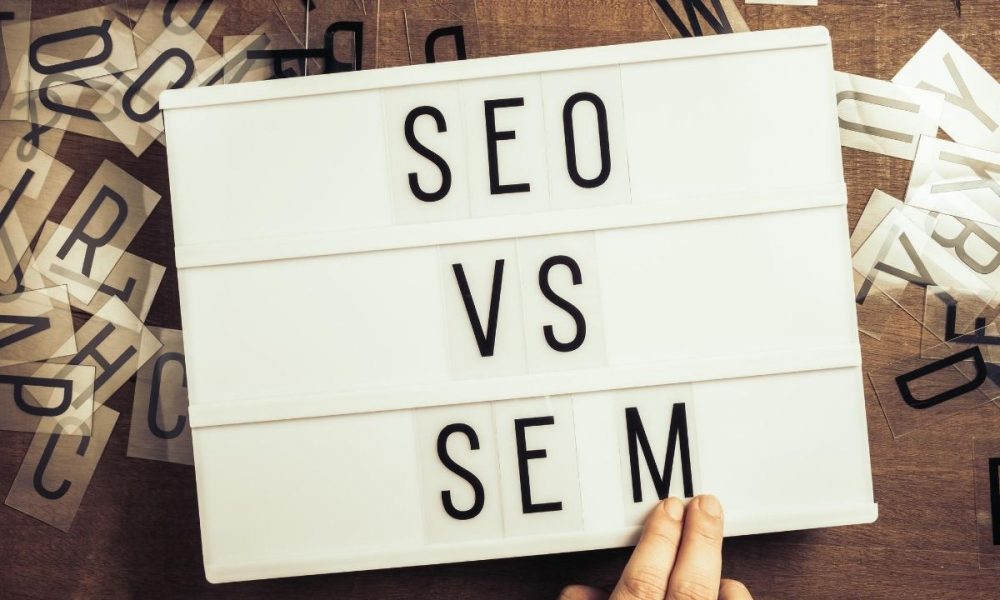Advertising has been the common mode of promoting products for decades. Brands have used many proven ways of engaging the customers and increased their sales. Traditionally, televisions, magazines, and radio were popular channels of marketing. Fast forward to today, mobile applications, video streaming platforms, and social media have become the go-to marketing channels i.e. digital marketing has replaced the traditional channels.
You may have seen fascinating advertisements while playing online games, navigating through any website, or simply viewing an email. For a layman, these are just random advertisements appearing on the mobile screen when they are online. But when you deep dive into the digital marketing field, you will understand that these marketing techniques are categorized into different methods and it takes a lot of effort to launch that marketing campaign.
Basically, there are different facets of digital marketing that one needs to explore if they wish to launch one such campaign. Two of the most popular aspects of digital marketing are Search Engine Marketing (SEM) and Search Engine Optimization (SEO). Professionals usually tend to be confused between these two terms and do not understand what do they actually refer to. If you are looking for an answer, then this article is for you. You’ll have a clear understanding of both SEO and SEM and also get a reason to opt for an SEO course and establish a career in this field.
What is Search Engine Marketing (SEM)?
Search Engine Marketing is an online marketing technique that involves the optimization of the website as per the search engine best practices and then advertising them so that it appears on the top of SERPs. By SERPs, we mean Search Engine Results Pages, and the advertisements appear on top of them when a user enters any keyword that a website is bidding on. As the most popular search engine is Google, companies usually use Google Ads to promote their websites. Yahoo and Bing are some other players.
SEM is primarily referred to as paid search or Pay-Per-Click advertising, but SEO (discussed in the next section) is technically a part of it. Pay-Per-Click advertising is, by far, the most common and effective way to create paid ads in contrast to other social media channels. Such ads appear on the top of Google results with a short logo beside it indicating its an Ad. Websites need to pay a certain amount whenever their ads get clicked. These ads are often hyper-targeted and have become a faster way of promoting products and reaching audiences.
For Pay-Per-Click advertising, platforms like Google Ads offer a wide range of options to create their marketing campaigns. Companies first choose the keyword theme related to their product and start creating a campaign. There are options if one wants to bid only for the exact keyword or more variations of it. Next, they need to select the kind of audience they wish to target. It can be selected for a local audience or country-wide audience. Similarly, other details regarding the overall ad campaigns are selected and biddings are placed.
Now that we have covered the paid search part of SEM, let us focus on the other part i.e., SEO.
What is SEO?
Search Engine Optimization or SEO refers to the efforts put in to increase the traffic to a website without using paid services, i.e. organically. It involves the practice of optimizing the website in such a way that search engines find it most relevant when the user searches for a keyword that the website is targeting. Your website would then appear on the top results and the users will most likely click on it.
Now increasing the organic traffic isn’t an easy task, companies need SEO Specialists to do so. Also while PPC gives an instant boost to traffic and increases brand awareness quickly, SEO takes time to show results. However, SEO efforts are helpful in the long run as companies cannot always spend a hefty amount on paid search.
Optimizing a website involves many activities. These are basically divided into On-Page SEO and Off-Page SEO. Activities that you perform on the webpage to make it more search engine friendly come under On-Page SEO. Writing unique and high-quality content that consists of relevant keywords is the top-most priority task in On-Page SEO. Appropriate title tags, meta description, image and alt text, the structure of URL, and page load speed are some other factors to be considered for On-Page SEO. Off-Page SEO, on the other hand, refers to the promotion of your webpage on other websites or social media platforms through link building.
SEM vs. SEO
For a beginner, both these terms are quite similar and one may not know that they are distinct. After reading the information mentioned above, you must now have a clear understanding of what both these terms refer to. So, when it comes to noting down SEO vs. SEM, it can be said that SEO is an aspect of SEM that deals with optimizing the website and doesn’t include any paid promotions. SEM is a broader field that encompasses both SEO and paid search engine advertising.
When it comes to selecting between the two, companies can decide based on their goals and marketing budget they allot. For companies that are online-based entirely, it is necessary to invest in both SEM and SEO. For others, one may go for either SEO or paid advertising. Whatever you choose, you would be heading towards a rewarding career if you gain expertise in them. Taking an online course is what can help you get started.

